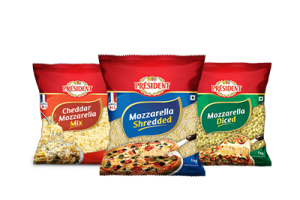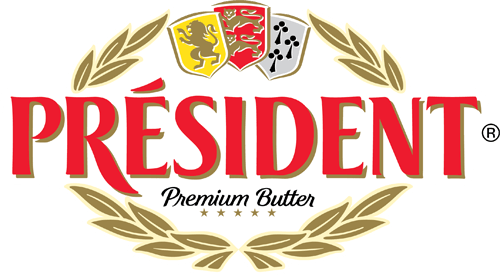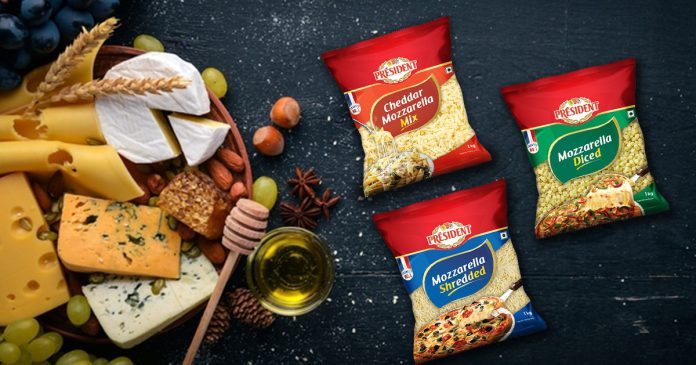A sandwich or burger seems incomplete without President Cheese. It gives your food a creamy flavour and makes it delicious. You get many different options as well. However, have you ever wondered how cheese is made? Here is a step-by-step process on how cheese is made:

- Milk is first standardized. It balances the protein-to-fat ratio and ensures a high yield.
- Milk is pasteurized depending on the type of cheese you want to make. When treated, it reduces the chances of spoilage and ensures that the environment is ideal for the starter cultures to grow. In some cases, raw milk is used for making cheese. To ensure that it is free from disease-causing bacteria, it should be aged for a minimum of 2 months before consumption.
- After the pasteurization process, milk is cooled to 90°F. This temperature allows starter bacteria to grow. In case raw milk is being used, it should be heated to 90°F.
- After adding the starter cultures and any non-starter adjunct bacteria to the milk, the temperature is held at 90°F. This is done for half an hour for ripening. As a result, the bacteria start fermentation and reduce the pH level. This brings the flavour of the cheese.
- Rennet is then added because it acts on the milk proteins and creates curd. After adding it, the curd cannot be disturbed for at least half an hour. This ensures that the coagulum is firm.
- The curd is fermented until the pH level is 6.4 and then cut into small pieces. Since the whey has to be separated from the curd, it is heated to 100°F as well. Now, the whey can be easily drained from the vat so that the curd can form mats.
- A knife is used for cutting the curd mats and the small pieces are then kept on top of each other, flipped periodically. The process is known as cheddaring. It removes more whey so that fermentation can continue and the pH level reaches between 5.1 and 5.5. This makes the mats get even tighter. These mats are then further cut into smaller pieces.
- If you want to make cheddar cheese, put the smaller mats in the vat and sprinkle dry salt on them. Make sure that the salt mixes properly. In the case of mozzarella, loaves are created using the curd and they are then placed in brine.
- For creating cheese blocks, the curd is pressed into blocks.
- The cheese is aged from anywhere between a few months to a years depending on the type. Until then, it is kept in coolers.



